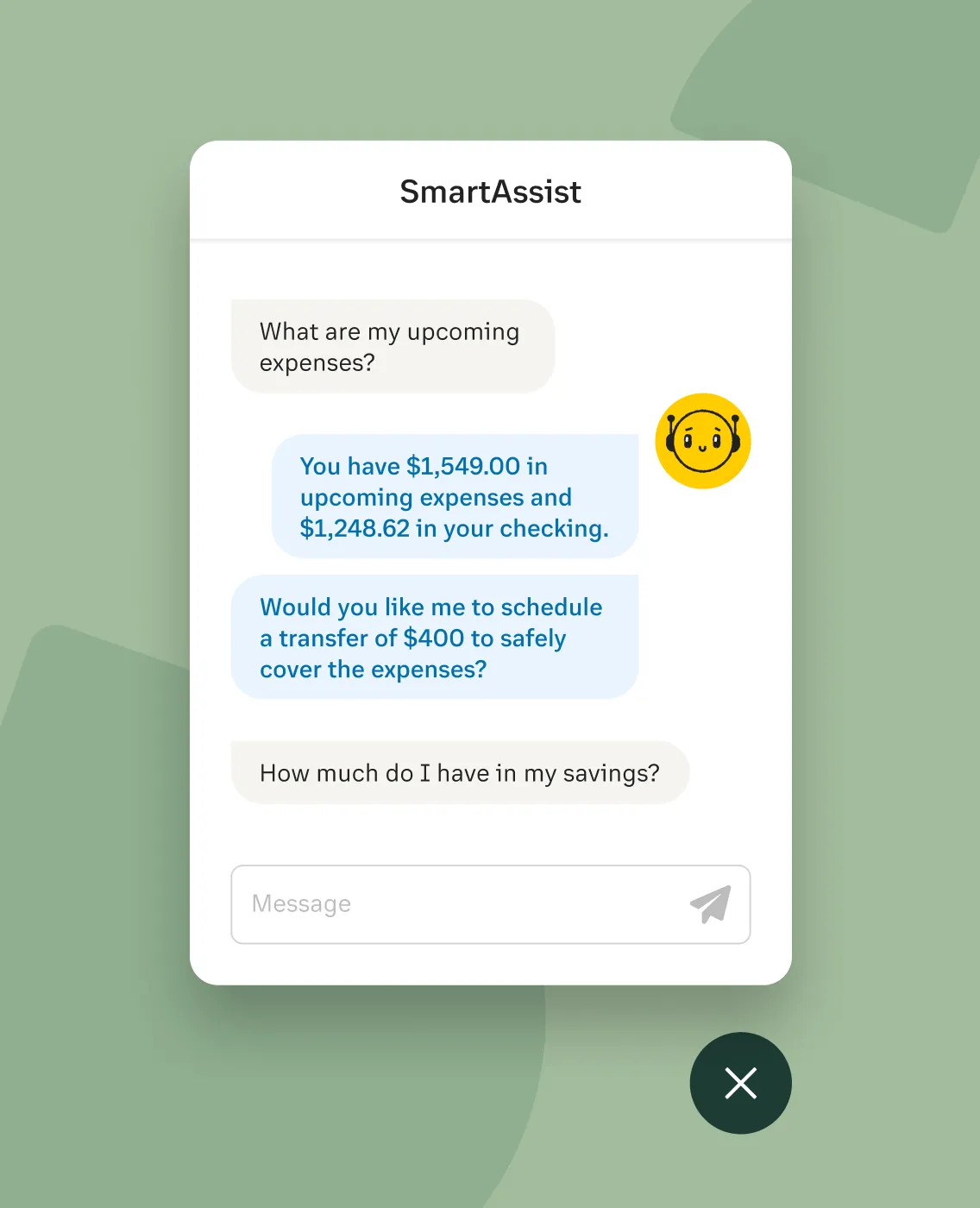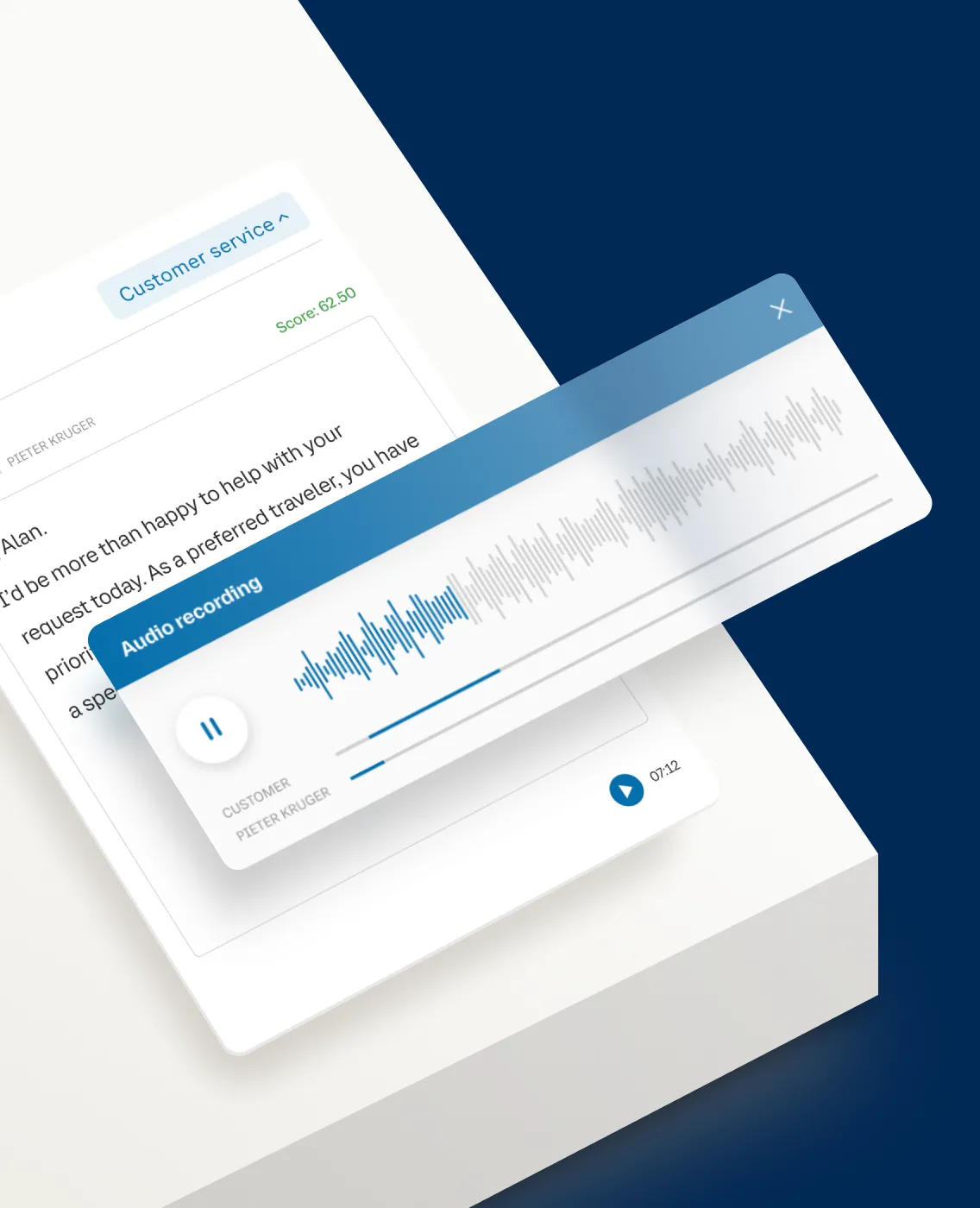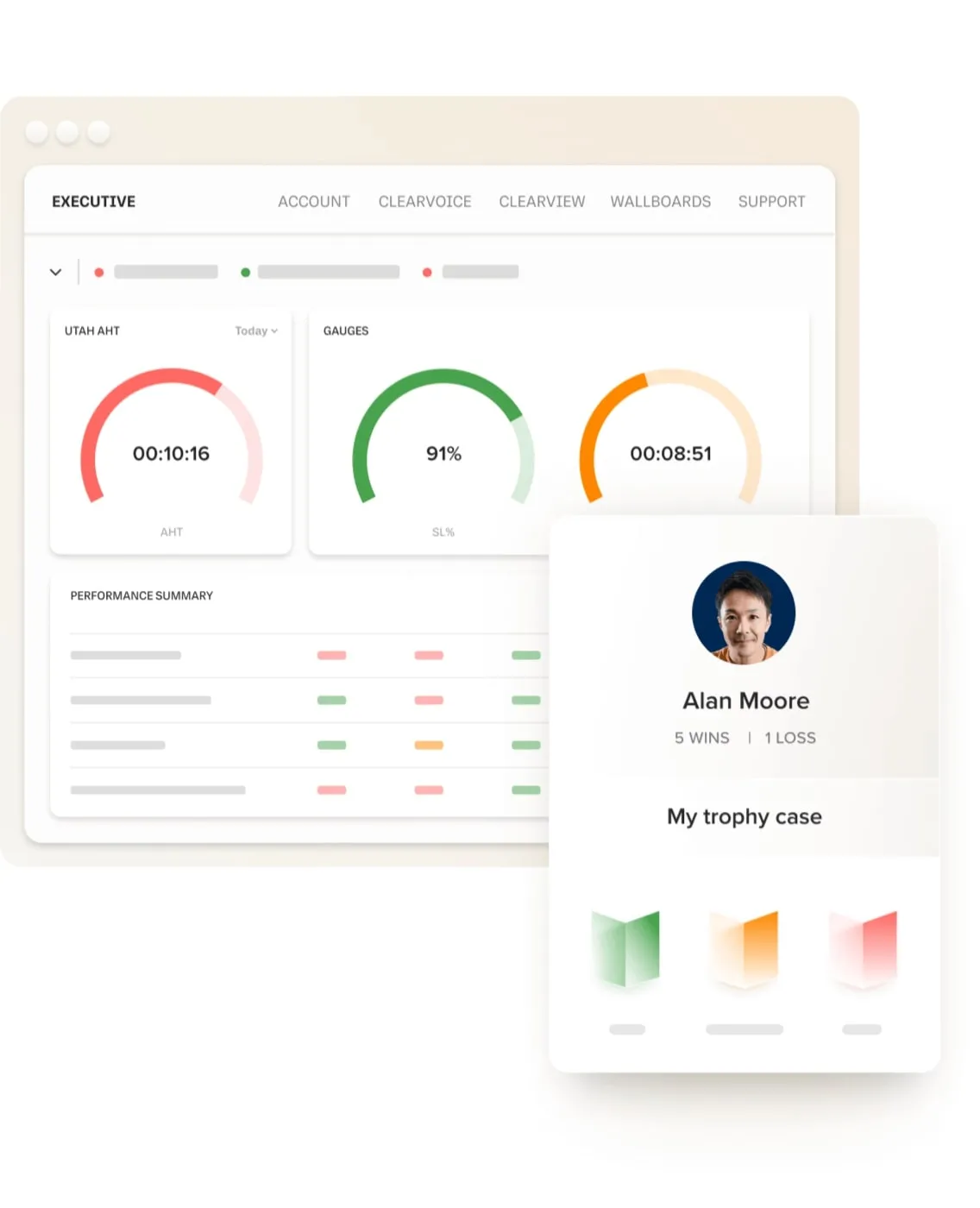Highlights:
- Gartner predicts that by 2026, conversational customer service AI will reduce contact agent labor and support center costs by $80 billion.
- AI automation provides customers with a self-service option to find the information they need, in the communication channel of their choice.
- Using AI tools and virtual agents as the first point of contact is just as beneficial for your customer service representatives as it is for your customers.
- Gartner projection further explains how AI is changing the face of customer service: “One in 10 agent interactions will be automated by 2026.”
The robots are here—just not in the form one might expect them.
Consumers are becoming more familiar with—and dependent on—apps and artificial intelligence (AI) tools to help them in their daily lives. The market for AI virtual assistants like Amazon Alexa, Google Home, and Apple’s Siri rang in at $7.26 billion in 2021. According to The Business Research Company’s “Intelligent Virtual Assistant Global Market Report 2022,” the “global intelligent virtual assistant” market is expected to reach $32.10 billion by 2026.
Conversational AI allows customers to interact with chatbots the way they would with a live service agent. Using machine learning like natural language processing (NLP) and natural language understanding (NLU), AI-enabled bots can serve as full omnichannel virtual agents. In fact, Gartner predicts that by 2026, conversational customer service AI will reduce contact agent labor and support center costs by $80 billion.
AI solutions have the power to improve many of your contact center as a service (CCaaS) tasks, but let’s dive into three specific ways customer service AI benefits both your agents and your audience’s user experience (UX).
But first… what is “customer service AI (artificial intelligence)”?
Customer service AI is the use of artificial intelligence within a customer service space. The main way AI assists customer service is through the automation of manual processes: think advanced call routing, chatbots, and other forms of self-service. These automations free up your agents for more crucial tasks.
3 ways customer service AI helps customers and call center agents
1. Offers a quick, supportive customer experience
Much of today’s customer satisfaction is based on efficiency and effectiveness. Customers expect immediate service and speedy resolutions to their support issues—the last thing they want is a long wait time to speak with a live agent. Our AI-enabled call center software can move the customer support process along without delay.
AI automation provides customers with a self-service option to find the information they need, in the communication channel of their choice.
Conversational AI-enabled virtual agents can serve as the first point of contact for customers who have an immediate need and reach out via your company’s website. These AI chatbots can also work proactively to take care of your customer needs or make a purchase without human agent interference.

Implementing conversational AI as the first point of contact for customers empowers your agents to focus their workflows on more complex customer questions and cases that have not been resolved by self-service methods. Since routine tasks can be handled by virtual agents, complicated customer queries can get the timely attention they need from live support agents.
2. Upgrades the agent experience
Using AI tools and virtual agents as the first point of contact is just as beneficial for your customer service representatives as it is for your customers. Only complex cases that need a human touch should be routed to a team member—this way, human agents aren’t wasting their time and brain power on routine tasks.
If a customer’s issue isn’t able to be resolved using self-service resources with a virtual agent, AI can continue supporting your contact center by intelligently routing the customer’s case to the best human agent for the task. When customer interactions are routed to live agents, AI equips the agents with:
- The customer’s name
- The customer’s profile
- The customer’s previous interaction history and messaging with your company
- A transcript of the conversation that just took place with the virtual agent—within the transcript, AI includes contextual information along with customer sentiment

Once the customer interacts with a live agent, AI continues to assist by mining the conversation for keywords and phrases a customer speaks or types. AI technology then serves the agent relevant knowledge base articles and resources, providing real-time interaction guidance so your agent can best support your customer’s journey.
Conversational AI also boosts support teams’ productivity and efficiency since it takes many of the more time-consuming tasks off your customer service agents’ hands, leading to an enhanced employee experience. And when your agents are taken care of, they’ll take care of your customers in return.
3. Reduces agent labor and contact center costs
“Many organizations are challenged by agent staff shortages and the need to curtail labor expenses, which can represent up to 95% of contact center costs.”
Daniel O’Connell, VP analyst at Gartner, says, “Many organizations are challenged by agent staff shortages and the need to curtail labor expenses, which can represent up to 95% of contact center costs.” By taking advantage of RingCentral’s conversational AI, your customer support center costs can be significantly decreased in three main ways:
- Reducing the need to hire more live agents to handle increased traffic
- Reducing call traffic to live agents, allowing them to focus on complicated, higher-value tasks
- Reducing training and onboarding costs, as AI provides agents with ongoing coaching and guidance

Hiring agents is a costly endeavor. According to Colin Taylor of The Taylor Reach Group, Inc., the average cost of hiring a new contact center agent is around $30,751 per employee. However, each contact center operates differently, so this cost isn’t set in stone. To get an idea of what it may cost your support center, consider these expenses tied to hiring a new agent:
- Advertising and marketing for the position
- Screening and background checks
- Onboarding
- Training
- The time it takes for an agent to become proficient; or what Taylor calls “speed to competency” or “speed to green”
- Hardware and call center software
- Physical office space (if applicable)
- Salary and benefits
A Gartner projection further explains how AI is changing the face of customer service: “One in 10 agent interactions will be automated by 2026,” which is an increase from today’s estimated 1.6% of AI-based interactions.
Delivering great customer service is tough—but AI can help
Thanks to AI automations in RingCentral’s contact center platform, delivering top-notch customer service is becoming easier than ever.
At RingCentral, we’re always working to streamline and evolve our products and services (and robots). Our goal is to provide your organization with the features and functionality you need to combat communication challenges and elevate both your customers’ and agents’ experience. Start building better CX today—find out how RingCentral’s CCaaS solutions can help.
Originally published Oct 20, 2022
Looking For Startup Consultants ?
Call Pursho @ 0731-6725516
Telegram Group One Must Follow :
For Startups: https://t.me/daily_business_reads




